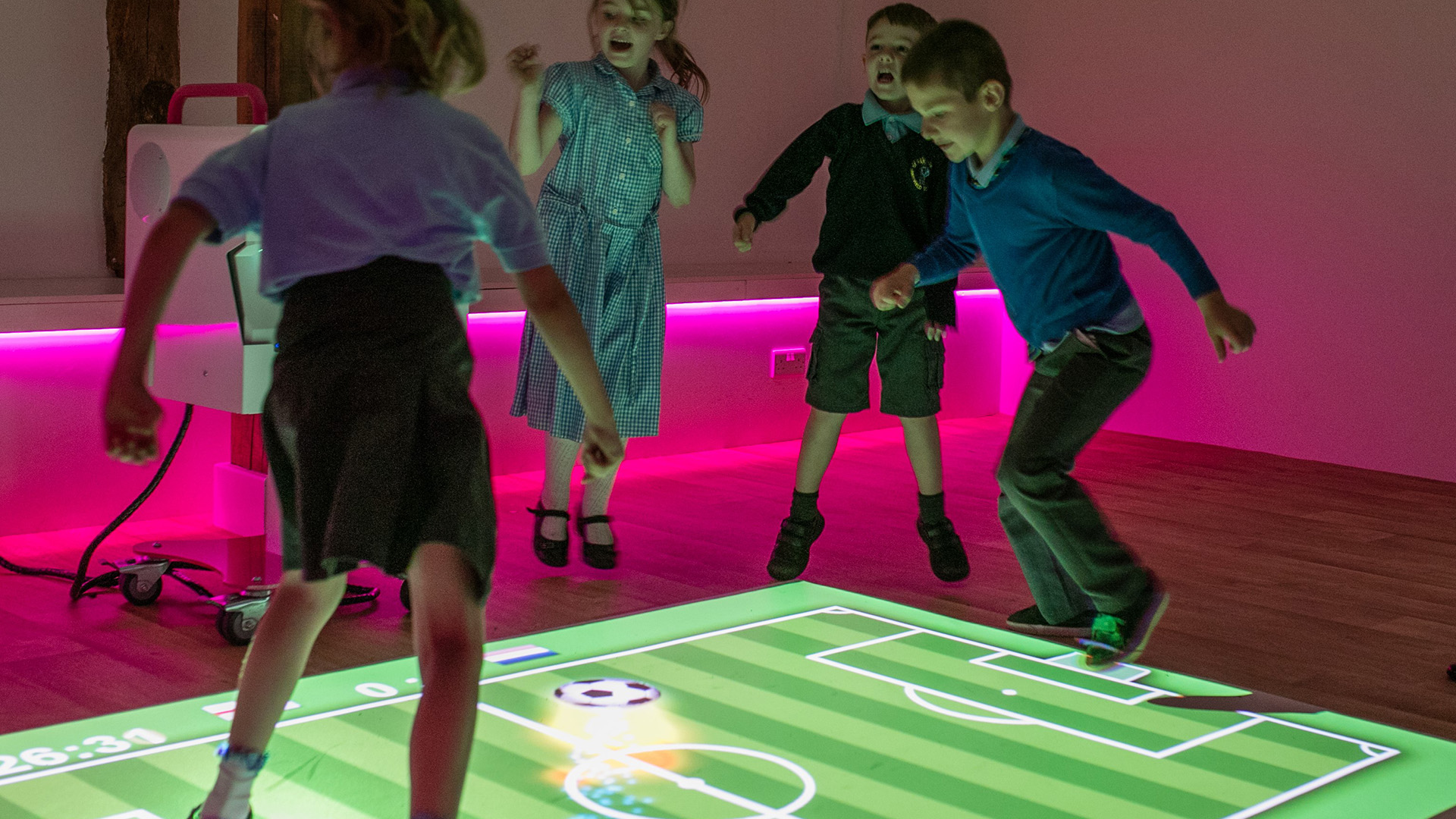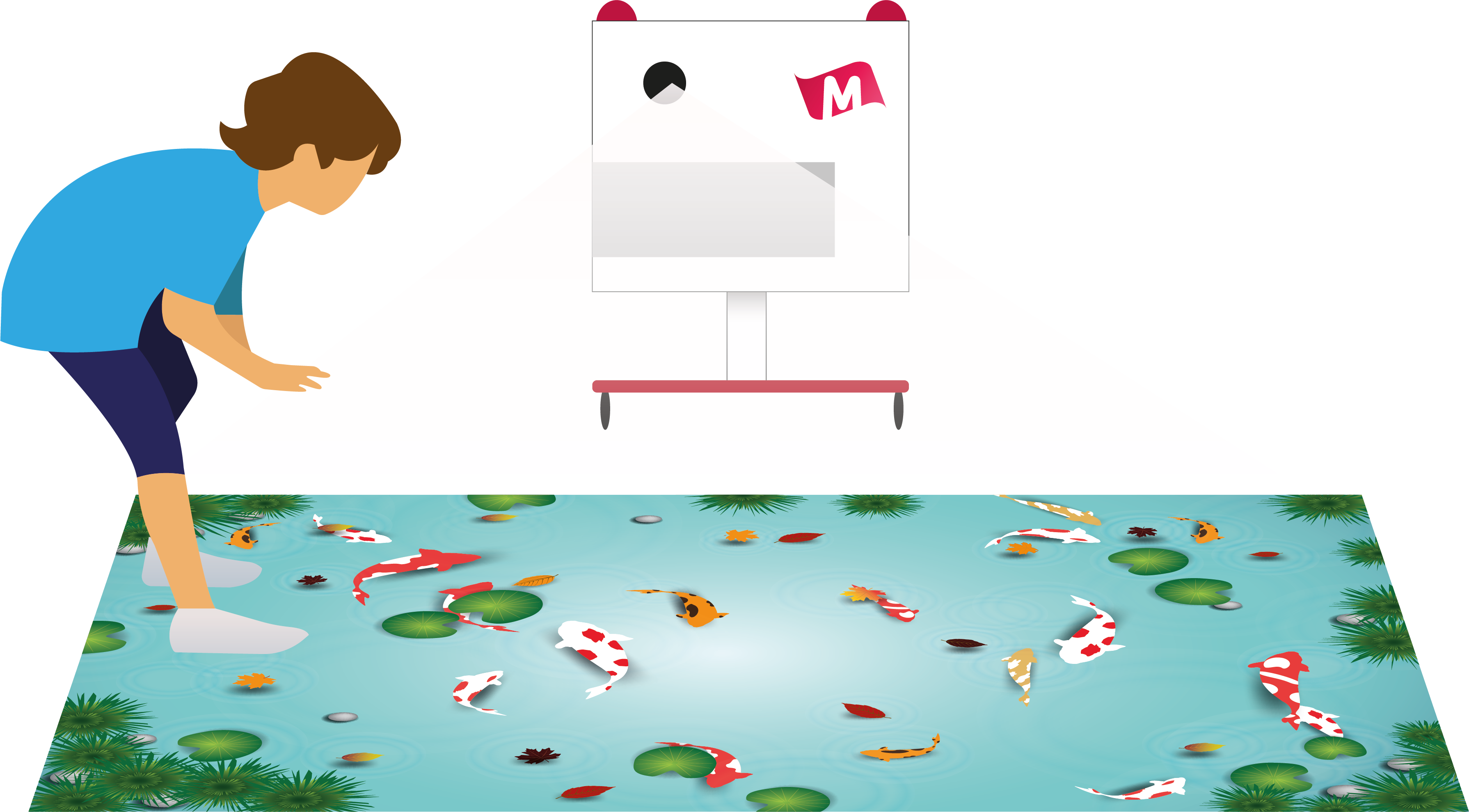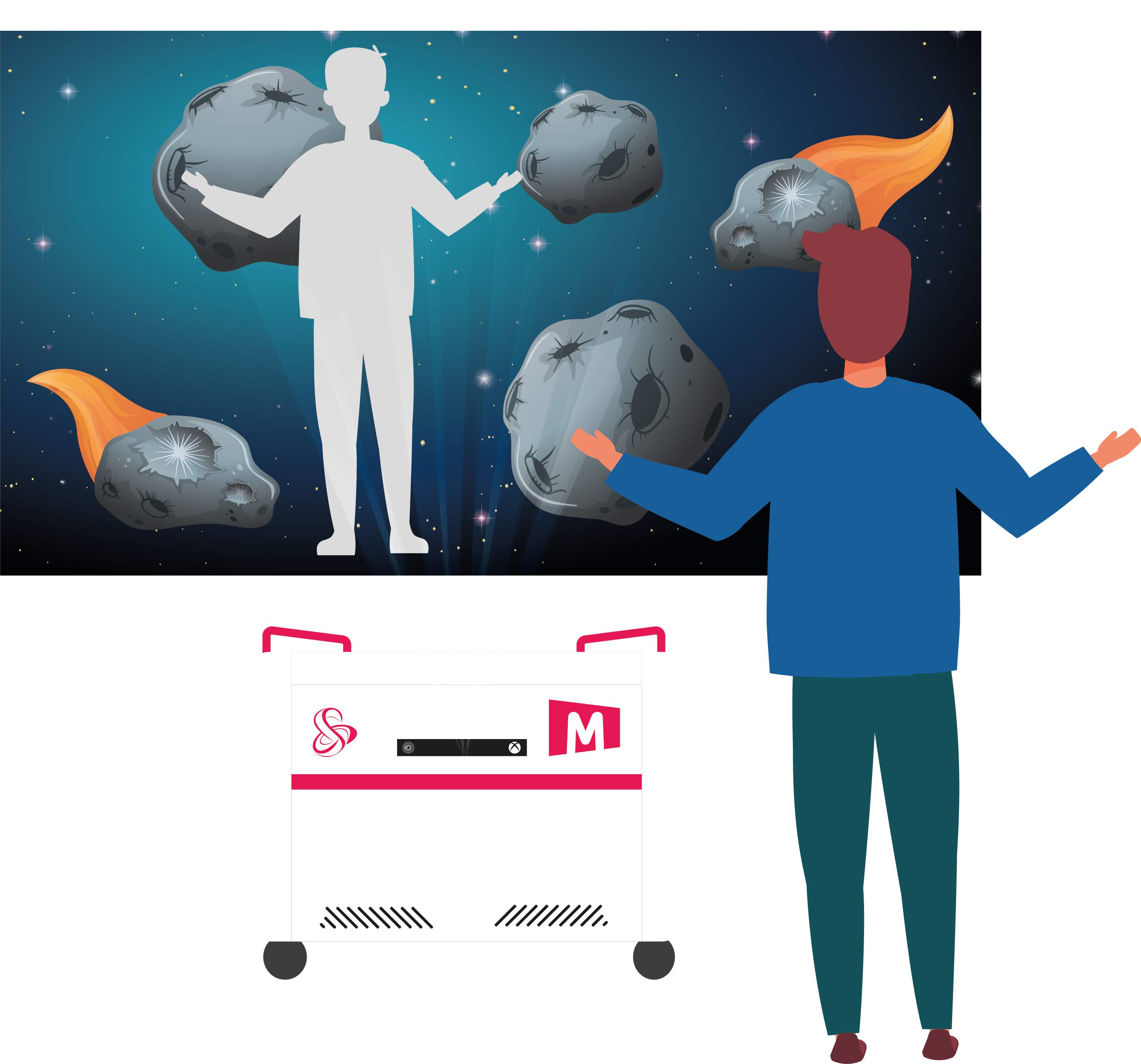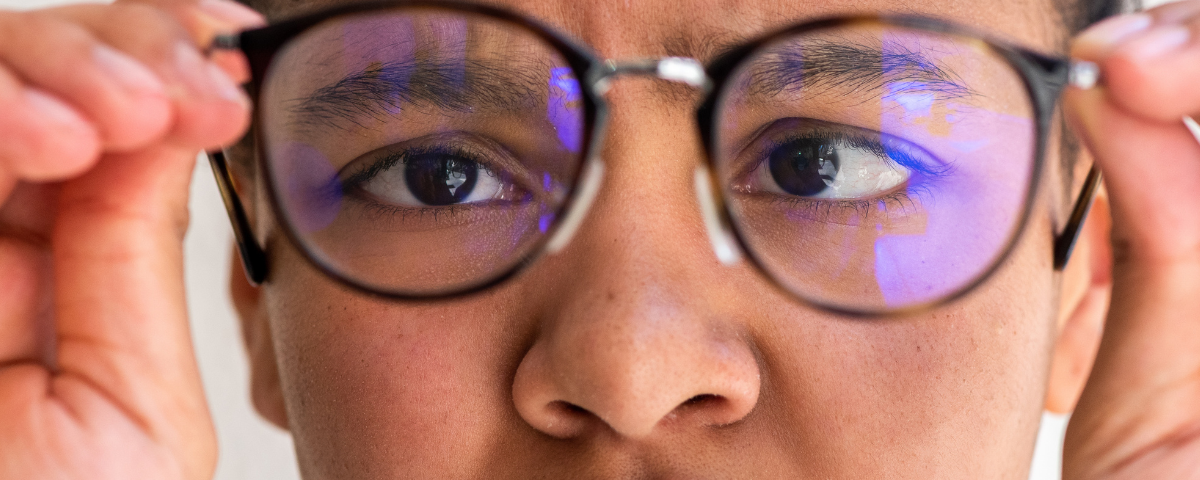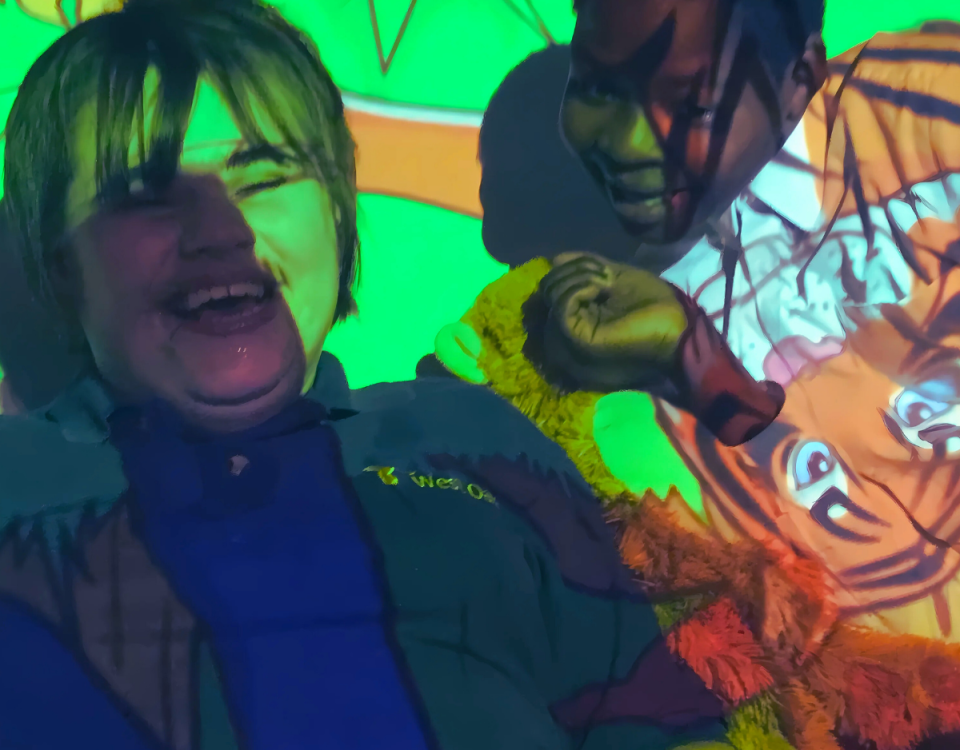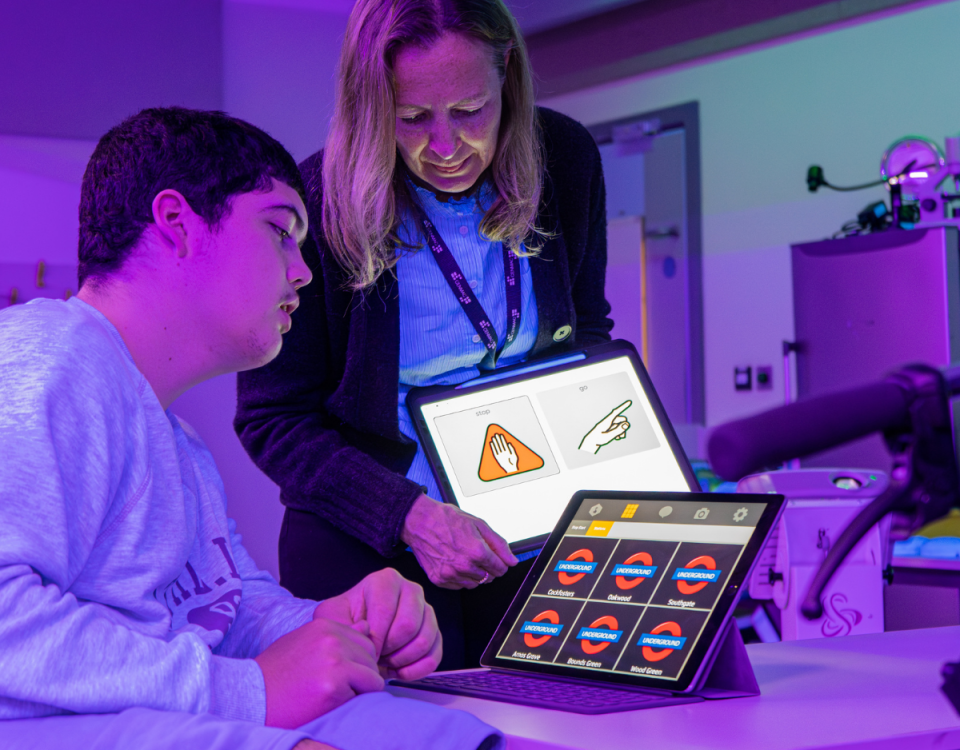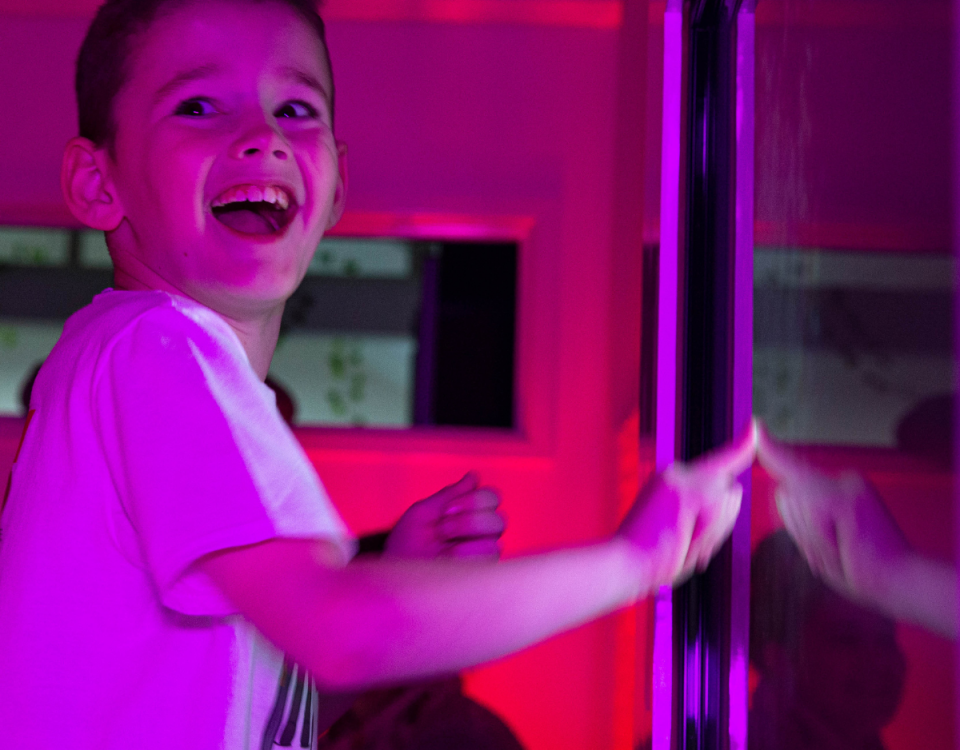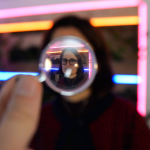
Sight Test Essentials for Individuals with Complex Needs: Insights from Lisa Donaldson
December 27, 2024
Understanding Fixations and Saccades: Insights from Lisa Donaldson
December 28, 2024Lisa Donaldson, Head of Eyecare and Lead Clinical Optometrist at SeeAbility, explains what strabismus is, how it affects vision, and its implications when using eye gaze technology. This article highlights key facts about strabismus to help educators and therapists better support children with this condition.
What is Strabismus?
Strabismus, often referred to by other names such as squint or lazy eye, occurs when the two eyes are not aligned on the same target. It can present in different ways:
- Inward or convergent squint: One eye turns inwards.
- Outward or divergent squint: One eye turns outwards.
- Vertical squint: One eye moves up or down (less common).
Lisa clarifies that while the term "lazy eye" is commonly used, it doesn’t always mean the person has strabismus. However, a strabismic eye can become lazy if it is consistently ignored by the brain.
Why Does a Lazy Eye Develop?
In young children with strabismus, the brain learns to ignore the deviating eye to prevent double vision, which can be disorienting. This results in one eye becoming "lazy" because it isn’t being used effectively.
Lisa highlights the difference in how strabismus affects children versus adults:
- In children: The brain adapts by ignoring the deviating eye to avoid seeing two of everything.
- In adults: Strabismus acquired later in life (e.g., due to a brain injury) often leads to disturbing double visionbecause the brain hasn’t adapted to suppress one eye.
Strabismus and Eye Gaze Technology
When using eye gaze technology, understanding the behaviour of the eyes is critical. Lisa shares key considerations:
-
Fixing Eye
- It is important to identify which eye is the dominant or "fixing" eye that focuses on the target.
-
Alternating Strabismus
- Some children with alternating strabismus switch between their eyes, using one eye to focus at a time. This prevents a lazy eye from developing but means the eyes are not aligned or working together.
-
Challenges with Eye Tracking
- A child with alternating strabismus may switch eyes depending on the direction of gaze. For instance, one eye might be used to look left and the other to look right, switching at the midline.
- Knowing which eye the child is using helps to adapt and optimise the use of eye gaze technology.
Key Facts About Strabismus
- The two eyes are not aligned on the same target.
- The brain learns to ignore the deviating eye, leading to it becoming lazy in young children.
- It’s important to identify the fixing eye to understand how the child uses their vision.
- Alternating strabismus prevents a lazy eye, but the eyes do not work together simultaneously.
Conclusion
Understanding strabismus and its impact on vision is essential for educators and therapists working with children who use eye gaze technology. By identifying how a child’s eyes function—whether one is dominant or if they alternate—support strategies can be tailored to improve their interaction with assistive tools.
For more guidance on eye care for children with neurodevelopmental impairments, visit SeeAbility.


